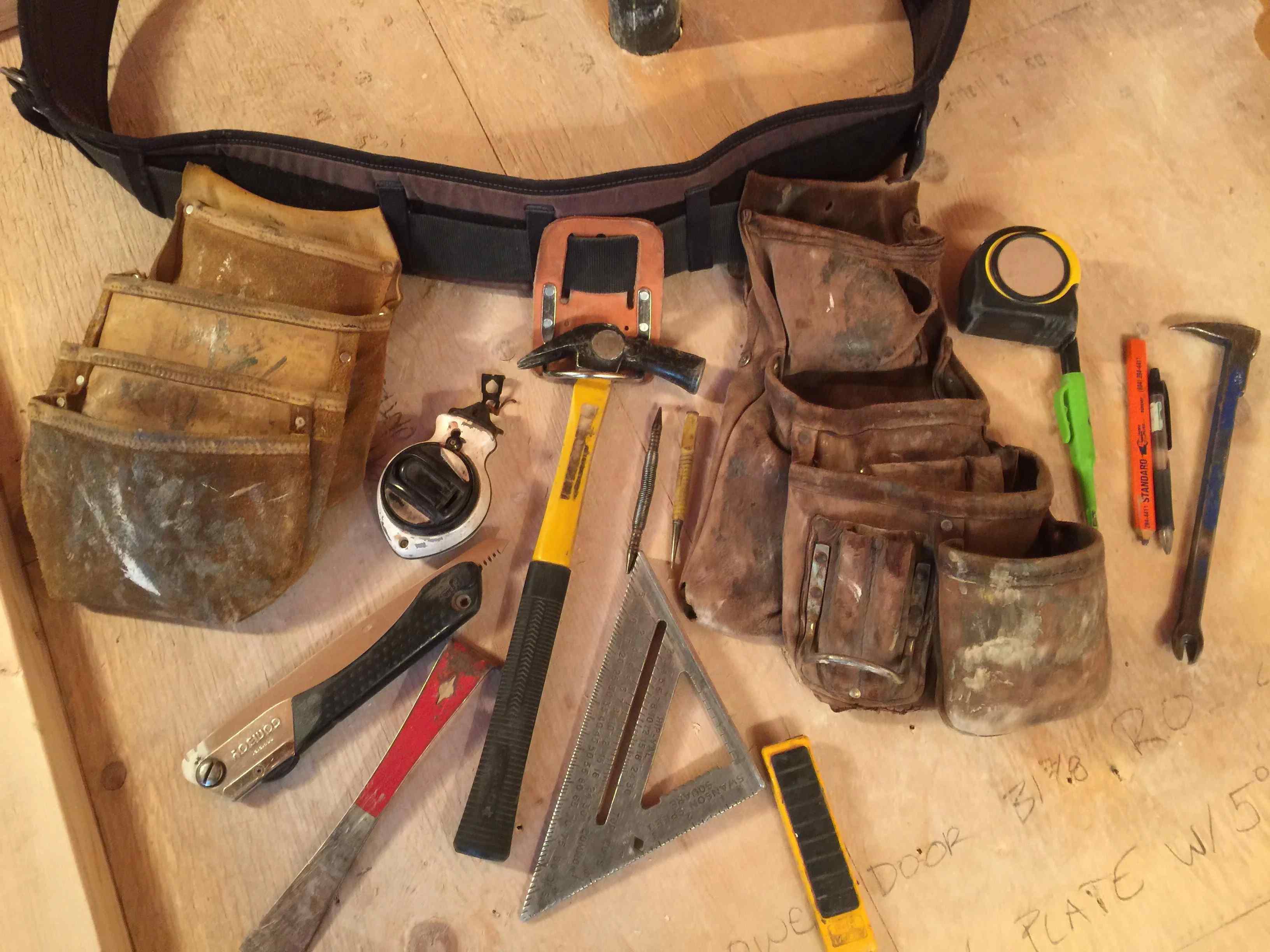

Articles
What To Have In Your Tool Belt
Modified: April 22, 2024
Discover essential articles that every professional should have in their tool belt for increased productivity and success. Explore our comprehensive guide today!
(Many of the links in this article redirect to a specific reviewed product. Your purchase of these products through affiliate links helps to generate commission for Storables.com, at no extra cost. Learn more)
Introduction
When it comes to any task or project, having the right tools at your disposal is crucial for success. Just like a handyman or a construction worker who relies on their trusty tool belt, as an individual tackling various projects, you too should have a well-equipped tool belt. Whether you’re a DIY enthusiast, a homeowner, or a professional tradesperson, having a collection of essential tools can make your life much easier.
In this article, we will explore the must-have tools that should be in every person’s tool belt. From measuring and marking tools to cutting and shaping implements, from fastening and joining gadgets to specialty tools for electrical and plumbing work, we will cover a wide range of tools that are essential for various tasks.
It’s important to note that having these tools not only makes your projects more efficient but also helps you to be prepared for any unexpected repairs or emergencies that may arise. Whether you’re hanging a picture frame, fixing a leaky faucet, or building a piece of furniture, these tools will come in handy.
Before we dive into the specific tools, it’s worth mentioning that investing in quality tools is essential. While it may be tempting to go for cheaper options, they can often break or wear out quickly, requiring you to replace them more frequently. So, it’s wise to invest in good-quality tools made from durable materials that will stand the test of time.
Without further ado, let’s explore the essential tools that should find a place in your tool belt.
Key Takeaways:
- Equipping yourself with a well-equipped tool belt, including essential tools for measuring, cutting, fastening, and safety gear, ensures you’re prepared for any project or unexpected repairs, promoting efficiency and confidence.
- Prioritizing quality tools and safety gear, along with investing in durable materials, is crucial for long-term reliability and protection. With the right tools and safety measures, you can tackle any task with confidence and safety.
Read more: What To Have In Your Medicine Cabinet
Essential Tools
When it comes to the essential tools for your tool belt, there are a few that should always be at the top of your list. These tools are versatile and can be used for a wide range of tasks. Let’s take a look:
- Hammer: A hammer is a fundamental tool that is used for driving nails, fitting parts together, and breaking or removing objects. Look for a hammer with a comfortable grip and a good balance.
- Screwdriver Set: A set of screwdrivers with different sizes and types of heads is essential for tightening or loosening screws. Look for both flathead and Phillips head screwdrivers, as they are the most commonly used.
- Pliers: Pliers come in various types and sizes, such as slip-joint pliers, needle-nose pliers, and locking pliers. They are used for gripping, bending, and cutting wires, as well as holding or twisting objects.
- Utility Knife: A utility knife is a versatile cutting tool that can be used for a wide range of tasks, such as opening boxes, cutting through materials, and stripping wires. Look for a knife with a retractable blade for safety.
- Adjustable Wrench: An adjustable wrench, also known as a crescent wrench, is used for tightening or loosening nuts and bolts of different sizes. Look for one with a comfortable handle and a wide jaw opening.
- Tape Measure: A tape measure is essential for accurately measuring distances, whether you’re measuring a room for furniture placement or cutting materials for a project. Look for a tape measure with both metric and standard measurements.
- Level: A level is used to ensure that surfaces or objects are perfectly horizontal or vertical. It’s crucial for hanging pictures, aligning shelves, or installing fixtures. Look for a bubble or laser level for precise measurements.
- Flashlight: A flashlight is a handy tool for illuminating dark areas, such as crawl spaces or electrical panels. Opt for a durable and compact flashlight with a strong beam for maximum visibility.
While these are the essential tools that should be in every tool belt, it’s worth noting that the specific tools you need may vary depending on the tasks you commonly undertake. However, having these tools will provide you with a solid foundation to tackle a wide range of projects.
Now that we know the essentials, let’s dive into the tools that are specifically designed for measuring and marking tasks.
Measuring and Marking
In order to ensure accuracy and precision in your projects, a set of measuring and marking tools is essential. These tools allow you to measure dimensions, mark reference points, and create straight lines. Let’s take a look at some of the must-have measuring and marking tools:
- Tape Measure: As mentioned earlier, a tape measure is a versatile tool that allows you to measure distances accurately. It’s important to have a tape measure with both metric and standard measurements to accommodate different project requirements.
- Ruler: A ruler is a simple yet effective tool for measuring smaller distances. Look for a ruler with clear markings and a durable construction.
- Combination Square: A combination square is a multi-purpose tool that can be used for measuring and marking at 90-degree angles. It consists of a ruler and a metal head that can be adjusted to different positions.
- Level: While we mentioned the level in the essential tools section, it’s worth mentioning again here. A level helps ensure that surfaces and objects are perfectly horizontal or vertical, providing accuracy in your measurements and markings.
- Marking Gauge: A marking gauge is a tool used to scribe lines parallel to an edge or to mark out the thickness of a piece of material. It consists of a beam with a movable fence and a sharp point or blade that creates precise markings.
- Chalk Line: A chalk line is a tool used to create straight lines over long distances. It consists of a reel filled with chalk powder and a string. By snapping the string against a surface and releasing the chalk, you can create a straight guideline.
- Dividers: Dividers, also known as compasses, are used to measure and transfer distances or to create circles and arcs. They consist of two adjustable legs with sharp points.
- Angle Finder: An angle finder, also called a protractor, is used to measure and transfer angles. It helps ensure precise angles in projects such as carpentry, metalworking, or layout work.
These measuring and marking tools are essential for achieving accuracy and precision in your projects. Having them in your tool belt allows you to measure dimensions, mark reference points, and create straight lines with ease.
Next, let’s move on to the tools that are crucial for cutting and shaping tasks.
Cutting and Shaping
When it comes to cutting and shaping materials, having the right tools is crucial for achieving clean and accurate results. Let’s explore some of the must-have cutting and shaping tools for your tool belt:
- Utility Knife: We mentioned the utility knife earlier in the essential tools section, but it’s worth highlighting again here. A utility knife is a versatile cutting tool that can be used for a wide range of tasks. It’s perfect for cutting through materials such as cardboard, plastic, or rope.
- Hacksaw: A hacksaw is used for cutting metal or plastic pipes, rods, or other materials. Look for a hacksaw with an adjustable frame that allows you to change the blade tension for different cutting tasks.
- Handsaw: A handsaw is designed for cutting wood, and it’s an essential tool for any woodworking project. Look for a handsaw with a comfortable grip and sharp teeth for smooth and precise cuts.
- Jigsaw: A jigsaw is a versatile power tool for cutting curves, shapes, or intricate patterns in various materials, including wood, metal, or plastic. Look for a jigsaw with variable speed settings and orbital action for different cutting requirements.
- Circular Saw: A circular saw is a powerful tool used for making straight cuts in wood, plywood, or other materials. It’s ideal for cutting large pieces or making long rip cuts. Look for a circular saw with adjustable depth and bevel settings for flexibility.
- Chisel Set: A chisel set is used for chiseling or shaping wood. It’s essential for woodworking projects such as fitting joints or creating decorative details. Look for a set that includes different sizes and types of chisels.
- File: A file is a tool used for shaping or smoothing rough edges or surfaces of materials such as metal or wood. It’s available in different shapes and coarseness levels, so choose one that suits your specific needs.
- Router: A router is a power tool used for cutting, shaping, or hollowing out areas in wood or other materials. It’s commonly used in woodworking to create decorative edges or joinery. Look for a router with variable speed settings and a range of router bits for versatility.
These cutting and shaping tools are essential for various projects, whether you’re working with wood, metal, or other materials. Having them in your tool belt allows you to make precise cuts, shape materials, and create intricate designs.
Next, let’s explore the tools that are indispensable for fastening and joining tasks.
Fastening and Joining
When it comes to putting things together, fastening and joining tools are invaluable. These tools allow you to securely connect different materials or parts, ensuring the durability and stability of your projects. Let’s take a look at some essential fastening and joining tools:
- Screwdriver Set: We mentioned the screwdriver set in the essential tools section, but it’s worth emphasizing its importance here. A set of screwdrivers with different sizes and types of heads is essential for fastening or loosening screws in various applications.
- Power Drill: A power drill is a versatile tool that is used for drilling holes and driving screws. Look for a drill with adjustable speed settings and a variety of drill bits and screwdriver bits for different tasks.
- Nail Gun: A nail gun is a powerful tool that is used for quickly and efficiently driving nails into materials such as wood or drywall. It helps save time and effort compared to using a hammer.
- Staple Gun: A staple gun is used for fastening materials together using staples, such as attaching fabric to furniture or securing insulation. Look for a stapler with adjustable tension settings to accommodate different materials.
- Wood Glue: Wood glue is a powerful adhesive used for joining wood pieces together. It creates a strong bond and is perfect for woodworking projects. Look for a high-quality wood glue that dries clear and provides a strong bond.
- Clamps: Clamps are used for holding materials securely in place while the glue dries or when fastening parts together. They come in various sizes and types, including bar clamps, C-clamps, and pipe clamps.
- Soldering Iron: A soldering iron is used for joining electrical wires or components. It melts solder, which then forms a strong bond between the materials. Look for a soldering iron with adjustable temperature settings for different soldering tasks.
- Riveting Tool: A riveting tool is used for fastening metal parts together using rivets. It’s commonly used in automotive or metalworking projects. Look for a riveting tool that provides a secure and durable connection.
These fastening and joining tools are essential for securely connecting materials or parts in a variety of projects. Whether you’re driving screws, attaching fabric, or soldering wires, having these tools in your tool belt ensures strong and reliable connections.
Next, let’s explore the tools specifically designed for electrical work.
Always have a good quality tape measure in your tool belt. It’s essential for accurate measurements and can save you time and effort on the job.
Read more: What Hand Tools Have A Lifetime Warranty
Electrical Tools
When it comes to electrical work, it’s crucial to have the right tools to ensure safety and precision. Whether you’re a professional electrician or a DIY enthusiast tackling electrical projects, these tools are essential for working with wires, circuits, and electrical components. Let’s explore some must-have electrical tools:
- Multimeter: A multimeter is a versatile tool used for measuring electrical properties such as voltage, current, and resistance. It’s essential for troubleshooting electrical issues or testing circuits. Look for a digital multimeter with various measurement functions.
- Wire Strippers: Wire strippers are used for removing the insulation from electrical wires without damaging the conductors. Look for wire strippers with different gauge options to accommodate various wire sizes.
- Wire Cutters: Wire cutters are used for cutting electrical wires cleanly and accurately. Look for wire cutters with sharp and durable blades for a clean cut every time.
- Crimping Tool: A crimping tool is used for attaching connectors or terminals to the ends of wires. It ensures a secure and reliable connection. Look for a crimping tool designed for the specific connectors you are working with.
- Insulated Screwdrivers: Insulated screwdrivers are specially designed to provide electrical insulation, protecting you from the risk of electrical shocks. They are essential for working with live circuits or electrical panels.
- Circuit Tester: A circuit tester is used to determine if an electrical circuit is live or to test the continuity of a circuit. It’s an essential tool for ensuring electrical safety. Look for a circuit tester with clear indication lights or audible alerts.
- Voltage Detector: A voltage detector, also known as a non-contact voltage tester, is used to detect the presence of electrical voltage without making direct contact with live wires. It’s a handy tool for identifying live circuits or checking if a wire is energized.
- Fish Tape: A fish tape is used for running wires through walls, conduits, or other tight spaces. It helps make wiring installations easier and more efficient. Look for a fish tape with a sturdy and flexible construction.
These electrical tools are essential for working with electrical systems, ensuring safety, accuracy, and efficiency in your projects. Whether you’re testing circuits, stripping wires, or working with live electricity, having these tools in your tool belt is essential.
Next, let’s explore the tools that are specifically designed for plumbing work.
Plumbing Tools
When it comes to plumbing projects or repairs, having the right tools is essential for tackling issues efficiently and effectively. Whether you’re a professional plumber or a DIY enthusiast, these plumbing tools will help you handle various plumbing tasks. Let’s explore some must-have plumbing tools:
- Pipe Wrench: A pipe wrench is an essential tool for gripping and turning pipes, fittings, or other plumbing connections. Look for a pipe wrench with adjustable jaws for different pipe sizes.
- Adjustable Pliers: Adjustable pliers, also known as slip-joint pliers, are versatile tools used for gripping, holding, and turning various plumbing components, such as nuts or bolts. Look for pliers with a comfortable grip and a wide jaw opening.
- Plunger: A plunger is a basic tool used for unclogging drains, sinks, or toilets. It creates suction that helps dislodge blockages. Look for a plunger with a sturdy rubber cup for effective plunging.
- Pipe Cutter: A pipe cutter is used for cutting pipes, tubes, or plastic tubing. It ensures clean and precise cuts. Look for a pipe cutter with a rotary cutting blade and an adjustable cutting depth.
- Tubing Cutter: A tubing cutter is specifically designed for cutting copper, brass, or plastic tubing. It provides clean and smooth cuts without deforming the tubing. Look for a tubing cutter with a retractable cutting wheel for easy usage.
- Plumbers Tape: Plumbers tape, also known as Teflon tape, is used for sealing pipe threads to prevent leaks. It’s essential for creating a watertight seal in threaded fittings.
- Plumbers Putty: Plumbers putty is a pliable compound used for creating watertight seals around faucets, drains, or sink strainers. It’s ideal for sealing joints and preventing leaks.
- Torch Kit: A torch kit is used for soldering copper pipes or fittings. It provides the necessary heat to create a strong bond. Look for a torch kit with adjustable flame control and a safety flame lock.
These plumbing tools are essential for handling various plumbing tasks, such as repairing leaks, installing fixtures, or unclogging drains. Having these tools in your toolbox will help you tackle plumbing issues with confidence and efficiency.
Now, let’s explore some miscellaneous tools that come in handy for various tasks and projects.
Miscellaneous Tools
In addition to the specific tools mentioned earlier, there are a few miscellaneous tools that come in handy for various tasks and projects. These tools are versatile and can be useful in a wide range of situations. Let’s take a look:
- Utility Knife: We mentioned the utility knife earlier in the essential tools section, but its versatility makes it worth mentioning again here. A utility knife can be used for a variety of tasks, from opening boxes to cutting through materials.
- Claw Hammer: While we mentioned the hammer earlier, a claw hammer deserves its own mention. It has a claw-shaped end that can be used for prying or removing nails. It’s an invaluable tool for various woodworking or renovation projects.
- Screwdriver Set: We’ve also highlighted the importance of a screwdriver set earlier, but it’s worth emphasizing its versatility again. A set of screwdrivers with different sizes and types of heads allows you to tackle a wide range of screws and fasteners.
- Hex Key Set: A hex key set, also known as Allen wrenches, is used for tightening or loosening hexagonal screws or bolts. They are commonly used in furniture assembly or equipment maintenance. Look for a set with a variety of sizes.
- Toolbox: It’s important to have a sturdy toolbox to store and organize your tools. Look for a toolbox with compartments or trays to keep your tools well-organized and easily accessible.
- Measuring Tape: Besides the tape measure, having a compact measuring tape is beneficial for small-scale projects or measurements on the go. Look for a measuring tape that is easy to carry and has a locking mechanism.
- Wire Brushes: Wire brushes are used for cleaning surfaces, removing rust, or preparing materials for painting. They come in various sizes and bristle types to suit different cleaning tasks.
- Safety Glasses: Safety should always be a priority when working with tools or performing tasks that involve debris or potential eye hazards. Invest in a pair of safety glasses to protect your eyes from flying particles or debris.
These miscellaneous tools are essential for various tasks and projects, providing versatility and convenience. Whether you’re opening packages, tightening screws, or cleaning surfaces, these tools will come in handy.
Now that we’ve covered the essential tools, let’s move on to the importance of safety gear.
Safety Gear
When working with tools and undertaking projects, prioritizing safety is of utmost importance. Wearing the appropriate safety gear helps protect you from accidents and potential hazards. Here are some essential safety gear items to consider:
- Safety Glasses: Safety glasses protect your eyes from flying particles, debris, or harmful substances. Whether you’re using power tools, working with materials that can splinter, or handling hazardous chemicals, wearing safety glasses is crucial.
- Ear Protection: Exposure to loud noises, whether from power tools, machinery, or construction sites, can damage your hearing over time. Wearing ear protection, such as earplugs or earmuffs, helps reduce the risk of noise-induced hearing loss.
- Protective Gloves: Wearing protective gloves safeguards your hands from cuts, abrasions, or chemical exposure. Choose gloves specifically designed for the task at hand, such as heavy-duty gloves for handling sharp objects or chemical-resistant gloves for working with corrosive substances.
- Dust Mask or Respirator: When working with dusty or potentially harmful materials, wearing a dust mask or respirator protects your lungs from inhaling particles or harmful fumes. Ensure the mask provides adequate filtration for the specific substances you’re working with.
- Hard Hat: For construction or renovation projects where there is a risk of falling objects or potential head injuries, wearing a hard hat is essential for protecting your head. It provides impact resistance and helps prevent traumatic head injuries.
- Protective Clothing: Depending on the nature of the project, wearing appropriate protective clothing is important. This may include coveralls, work pants, or long-sleeved shirts that help shield your body from cuts, burns, or chemical splashes.
- Safety Shoes: Safety shoes, such as steel-toed boots, protect your feet from impacts, punctures, or falling objects. They provide stability and reduce the risk of foot injuries in construction sites or other hazardous environments.
- First Aid Kit: While not wearable safety gear, having a well-stocked first aid kit is essential for handling minor injuries or providing initial care in case of accidents. Familiarize yourself with the contents of the kit and ensure it is easily accessible.
Remember that safety gear should be chosen based on the specific tasks or projects you’re undertaking. Assess the potential risks and hazards involved and equip yourself accordingly to ensure a safe working environment.
Now that we’ve covered the essential tools and safety gear, let’s conclude.
Read more: What Glassware To Have For Your Bar Cart
Conclusion
Having a well-equipped tool belt is essential for anyone tackling projects or tasks. The right tools not only make your work more efficient but also allow you to handle a wide range of situations with confidence. Throughout this article, we explored the must-have tools that should find a place in your tool belt.
We started by covering the essential tools that every individual should have. From hammers and screwdrivers to tape measures and levels, these tools lay the foundation for any project. They provide the versatility and functionality needed for various tasks.
Next, we delved into measuring and marking tools, which ensure accuracy and precision in your projects. These tools, such as tape measures, combination squares, and marking gauges, allow you to measure dimensions, create straight lines, and mark reference points.
Then, we moved on to cutting and shaping tools, which enable the clean and accurate manipulation of materials. From utility knives and handsaws to jigsaws and routers, these tools help you cut, shape, and create in wood and other materials.
Fastening and joining tools were next on the list, providing the means to securely connect different materials or parts. Screwdrivers, drills, and nail guns ensure secure fastening, while adhesives like wood glue and plumbers putty allow for reliable joining.
We then explored specific tools designed for electrical and plumbing work. These tools, such as wire strippers, multimeters, pipe wrenches, and torch kits, are crucial for handling electrical components and plumbing systems safely and efficiently.
Lastly, we discussed miscellaneous tools and safety gear. Items like utility knives, clamps, and wire brushes prove handy in various tasks, while safety glasses, gloves, hard hats, and masks protect you from potential hazards and promote workplace safety.
When building your tool belt, remember to invest in quality tools. While the initial cost may be higher, they will prove more durable and reliable in the long run. Additionally, always prioritize safety by wearing the appropriate safety gear for the task at hand.
With a tool belt equipped with these essential tools and safety gear, you’ll be well-prepared to tackle any project or task that comes your way. So roll up your sleeves, put on your tool belt, and get ready to embark on your next DIY endeavor with confidence!
Frequently Asked Questions about What To Have In Your Tool Belt
Was this page helpful?
At Storables.com, we guarantee accurate and reliable information. Our content, validated by Expert Board Contributors, is crafted following stringent Editorial Policies. We're committed to providing you with well-researched, expert-backed insights for all your informational needs.
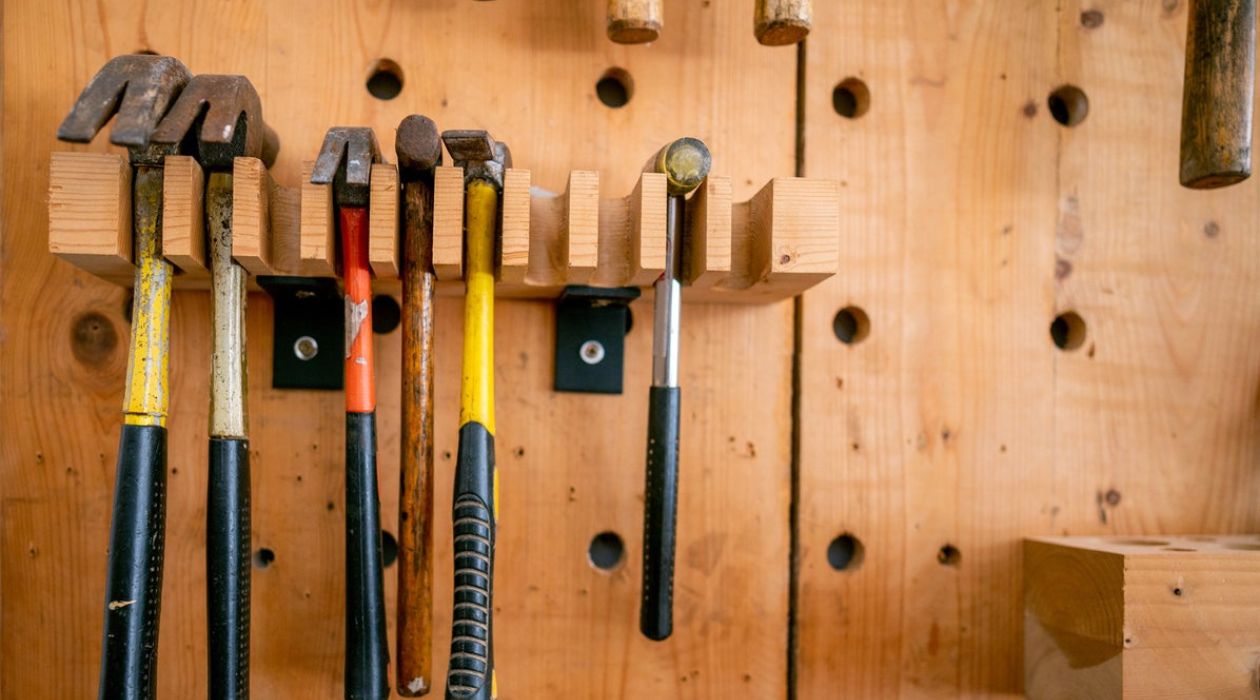
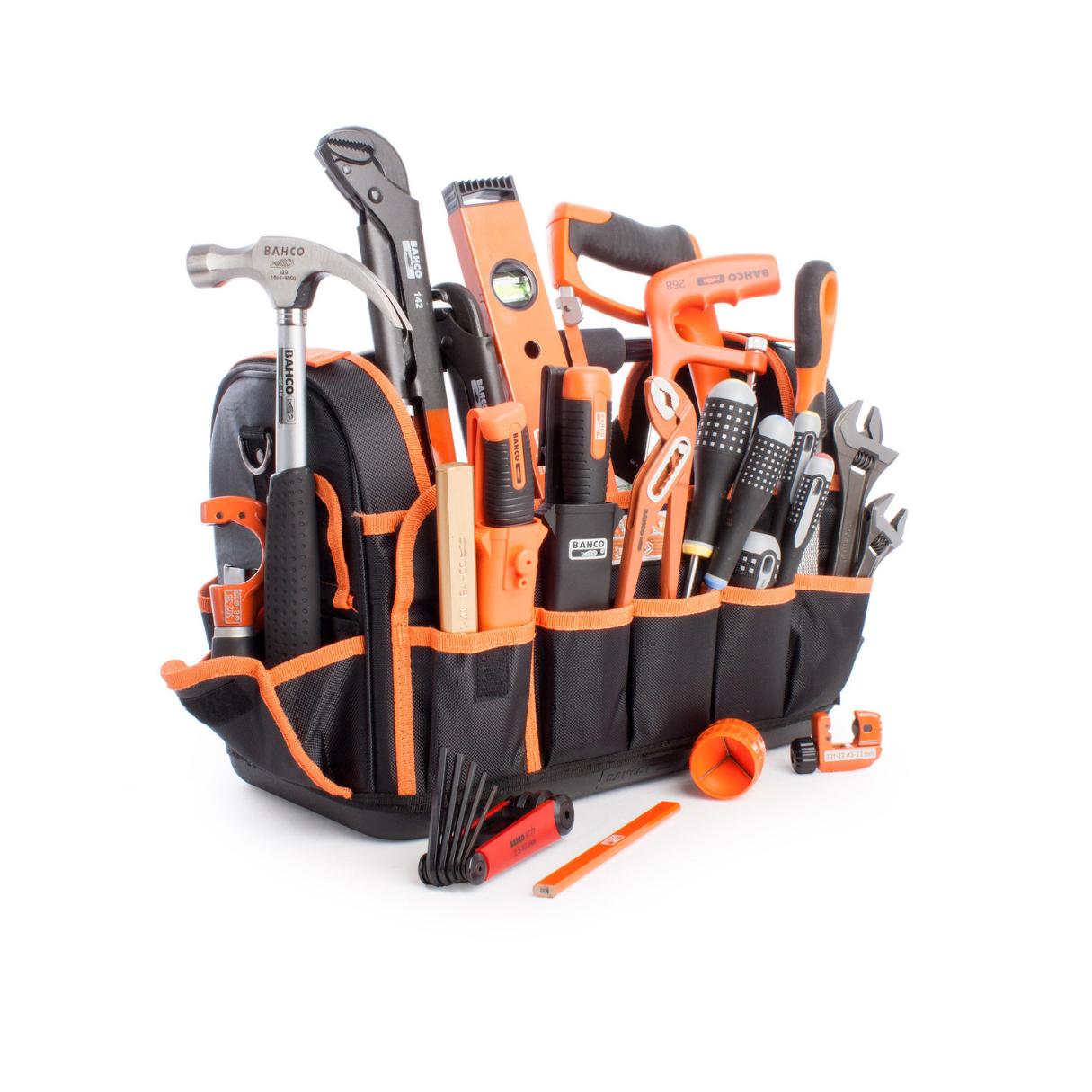
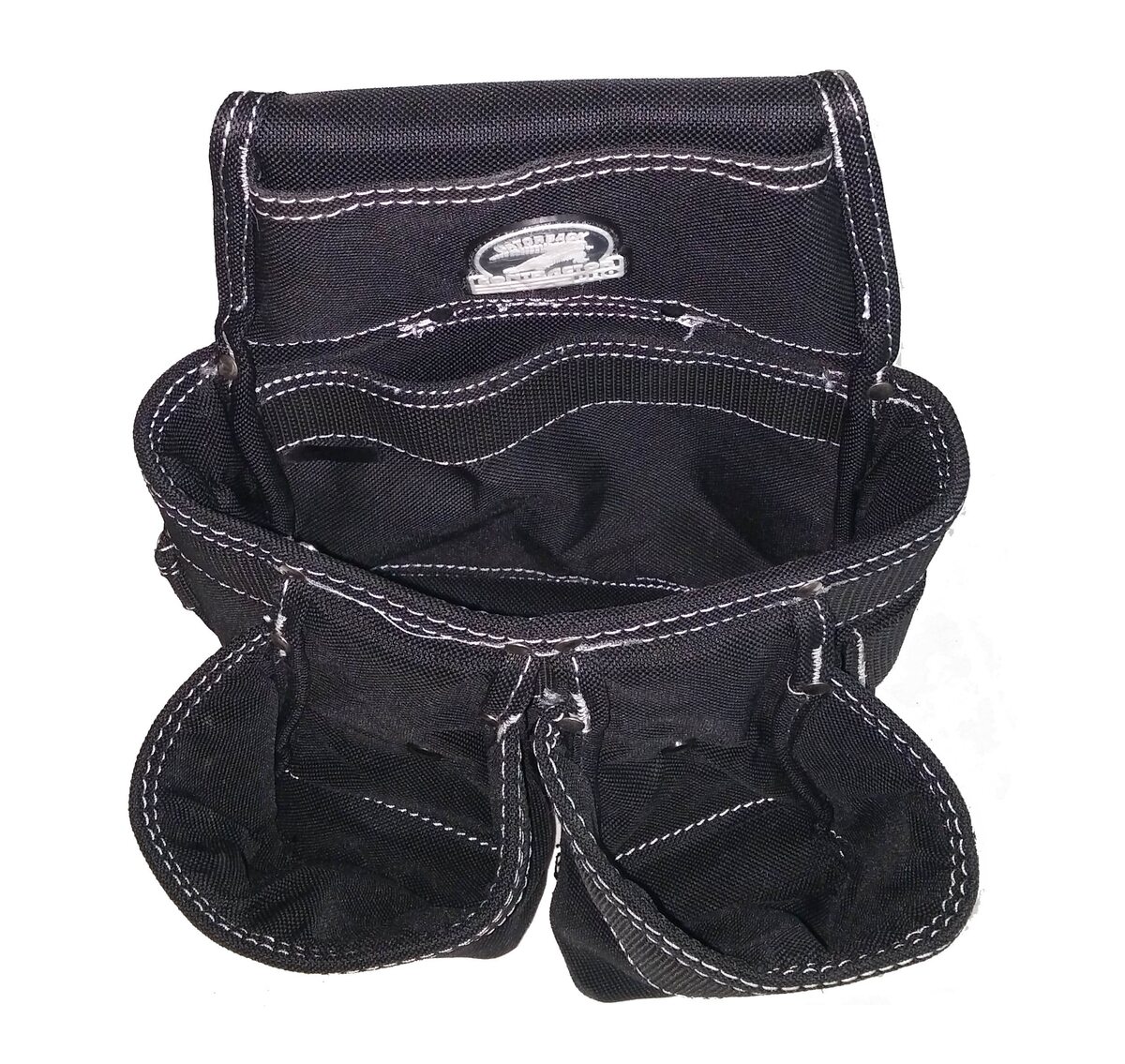
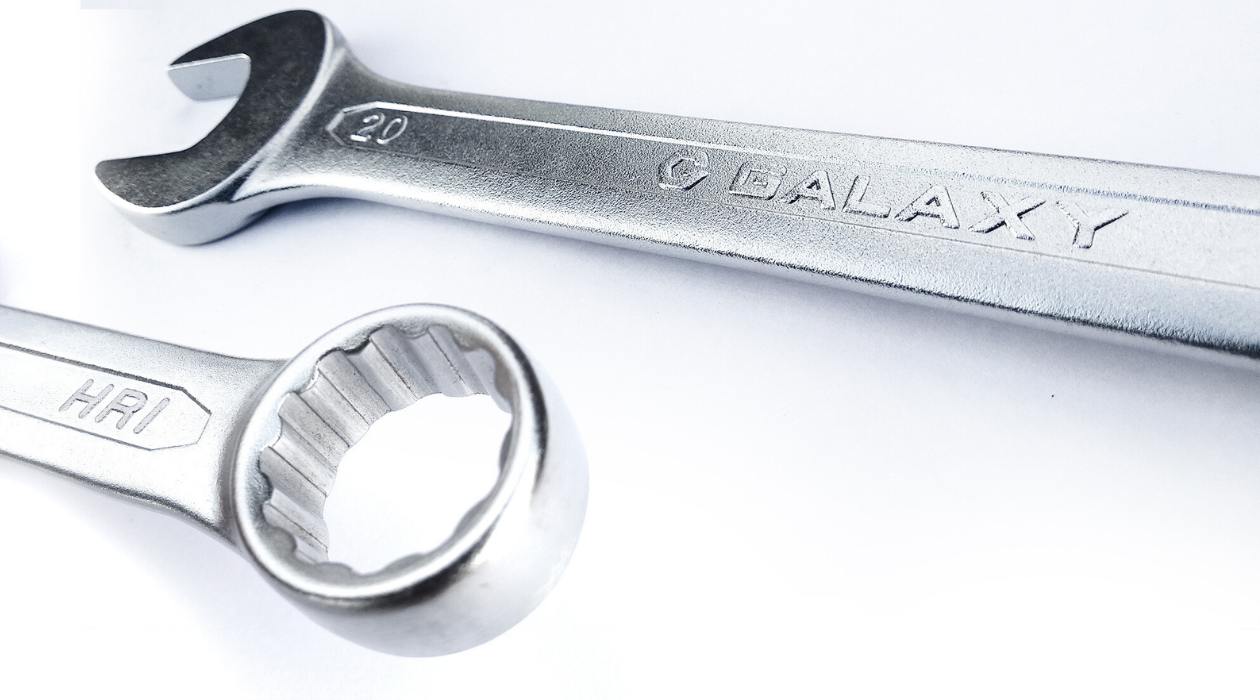
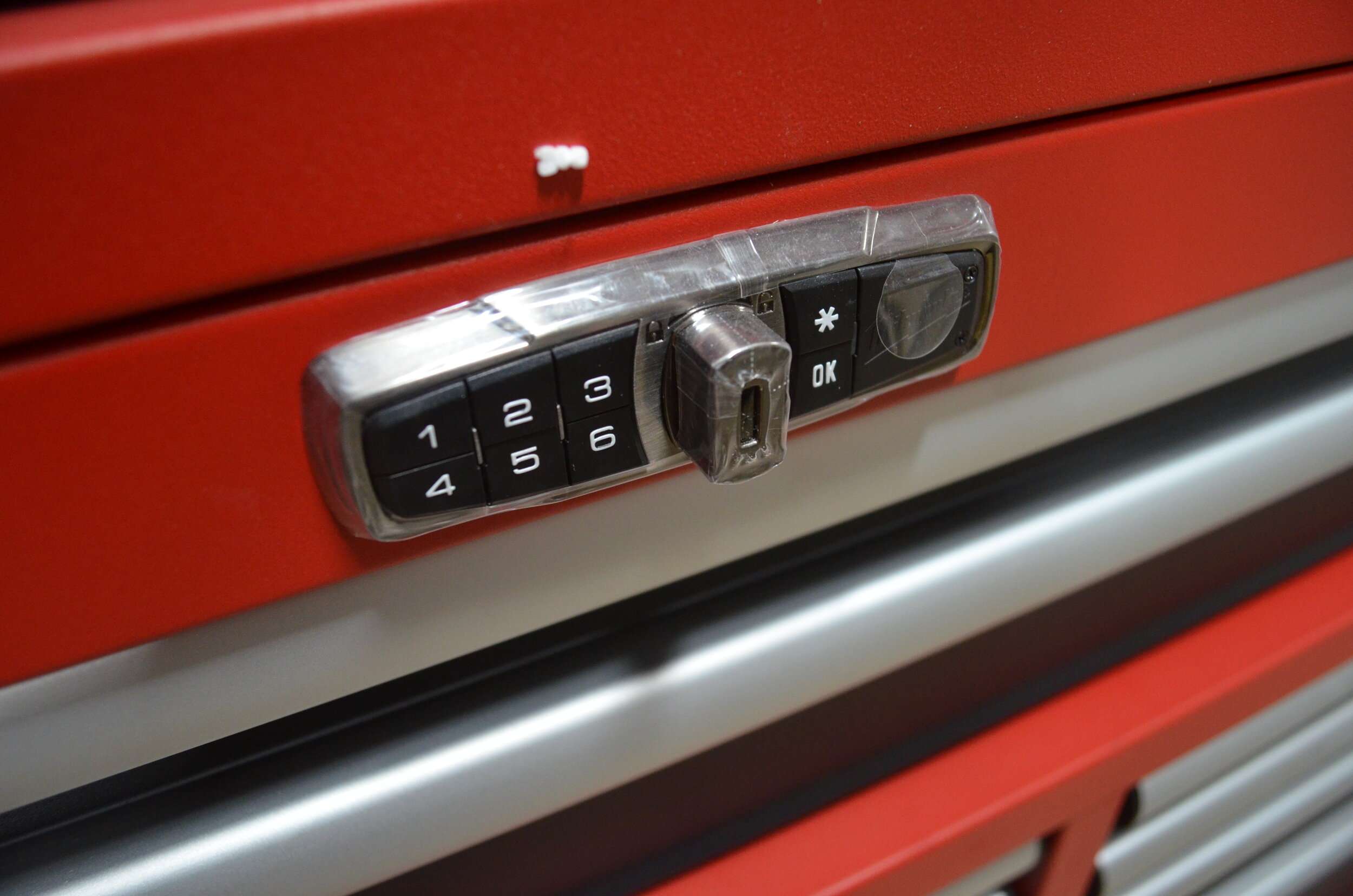
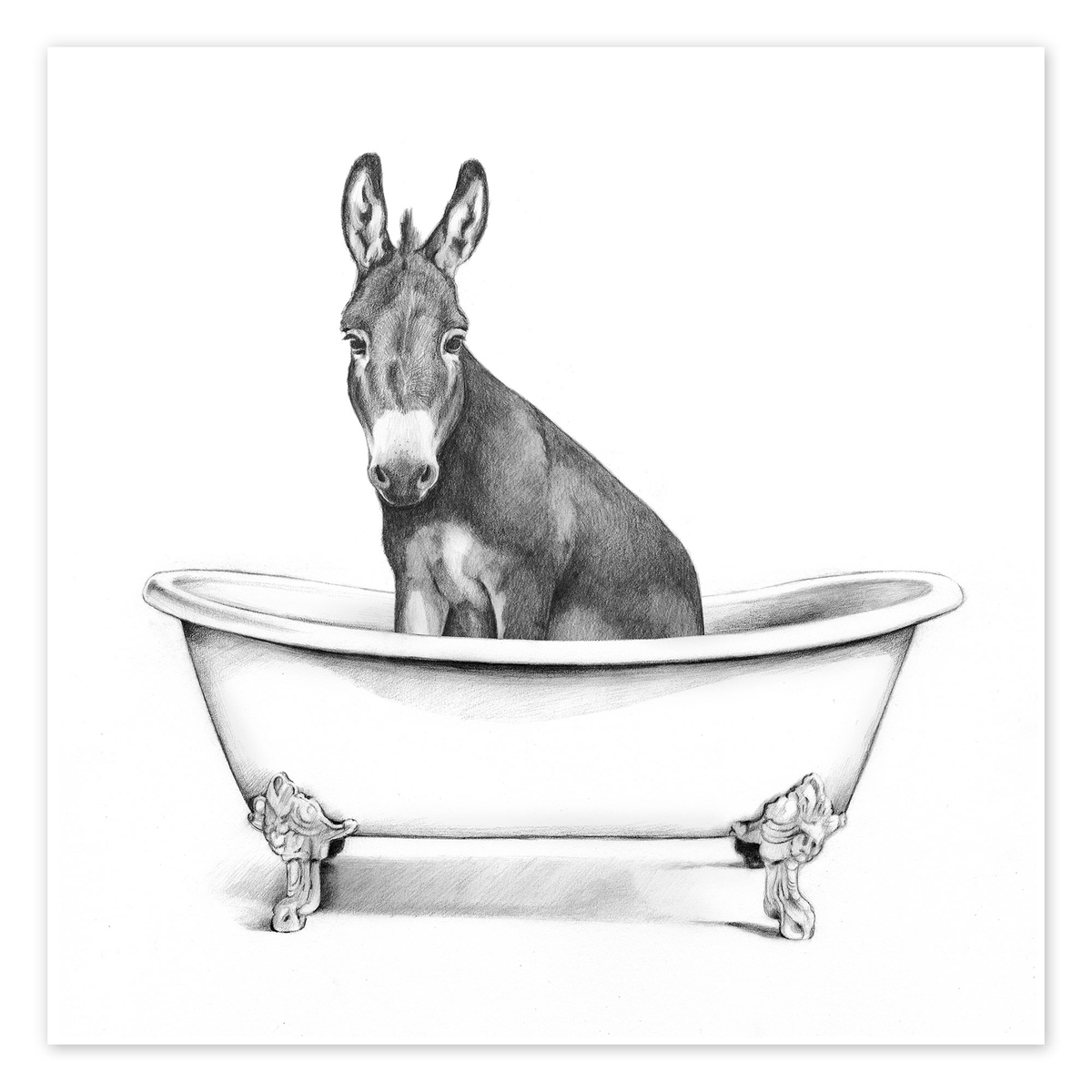
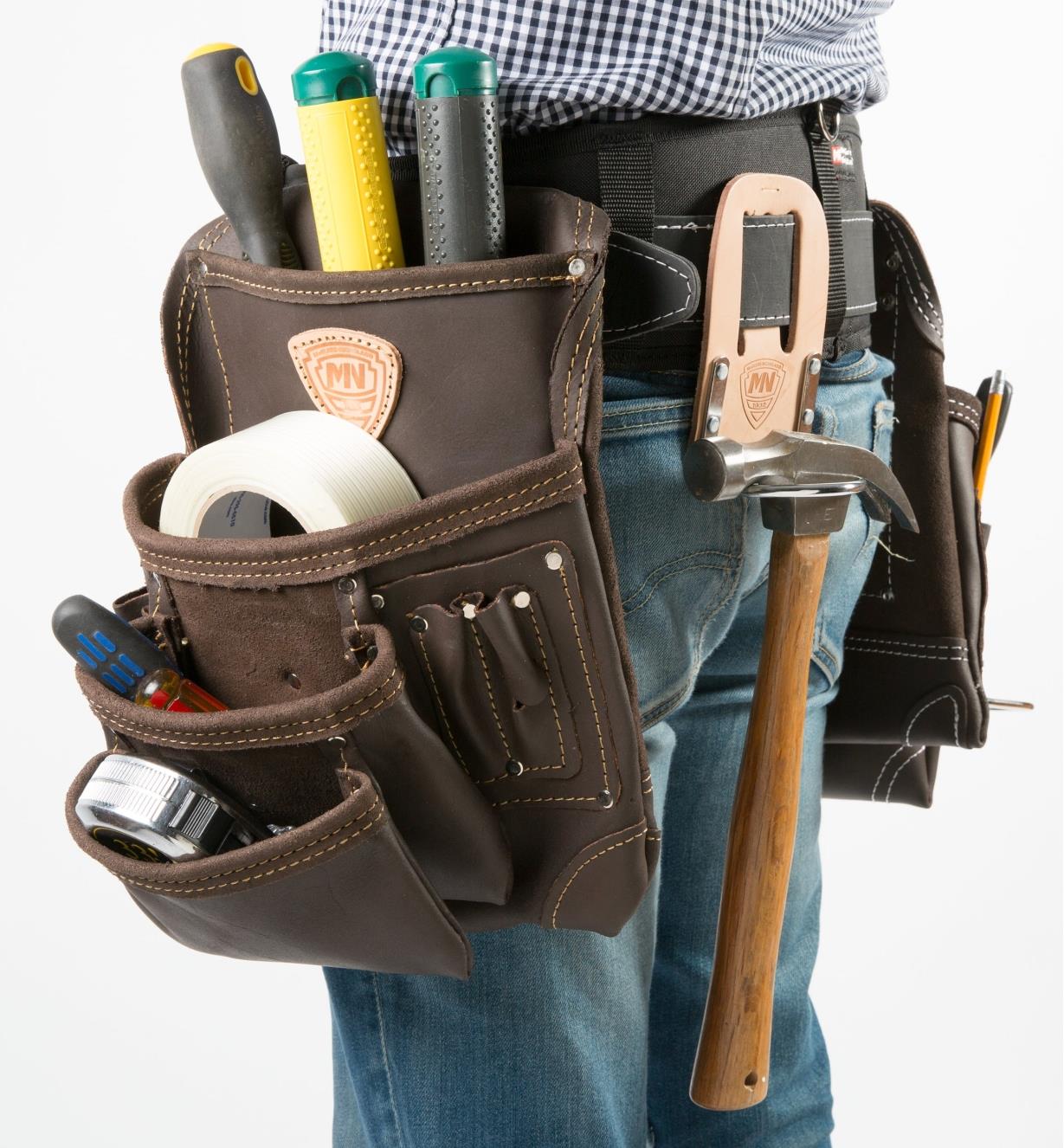
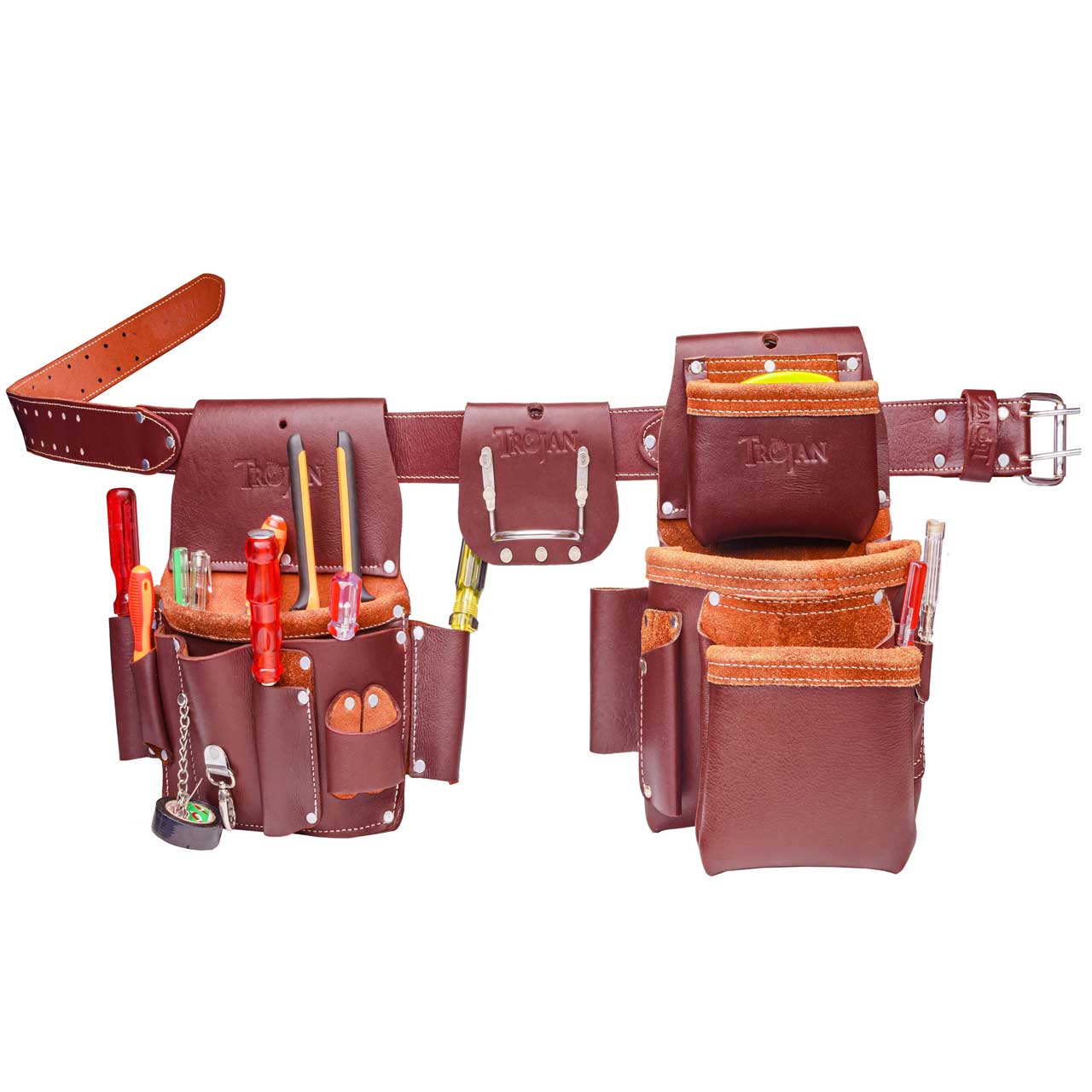
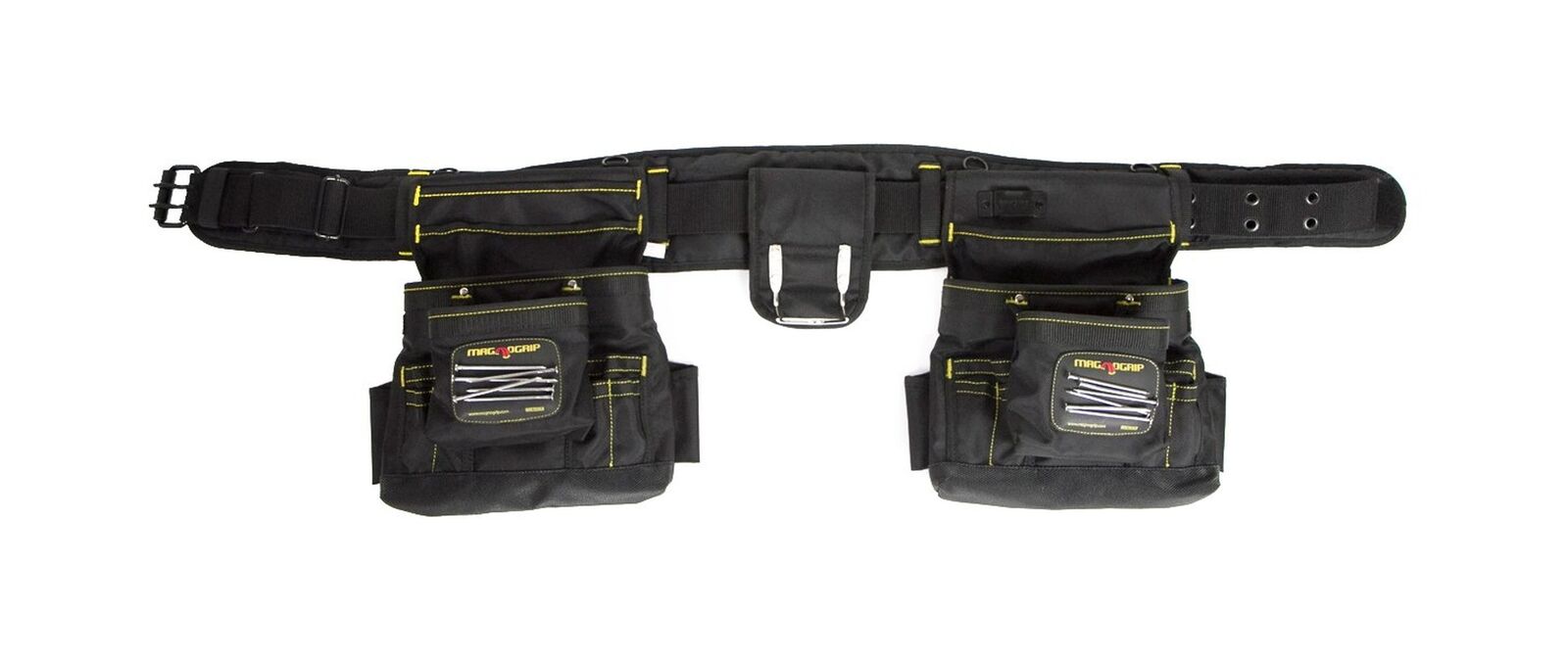
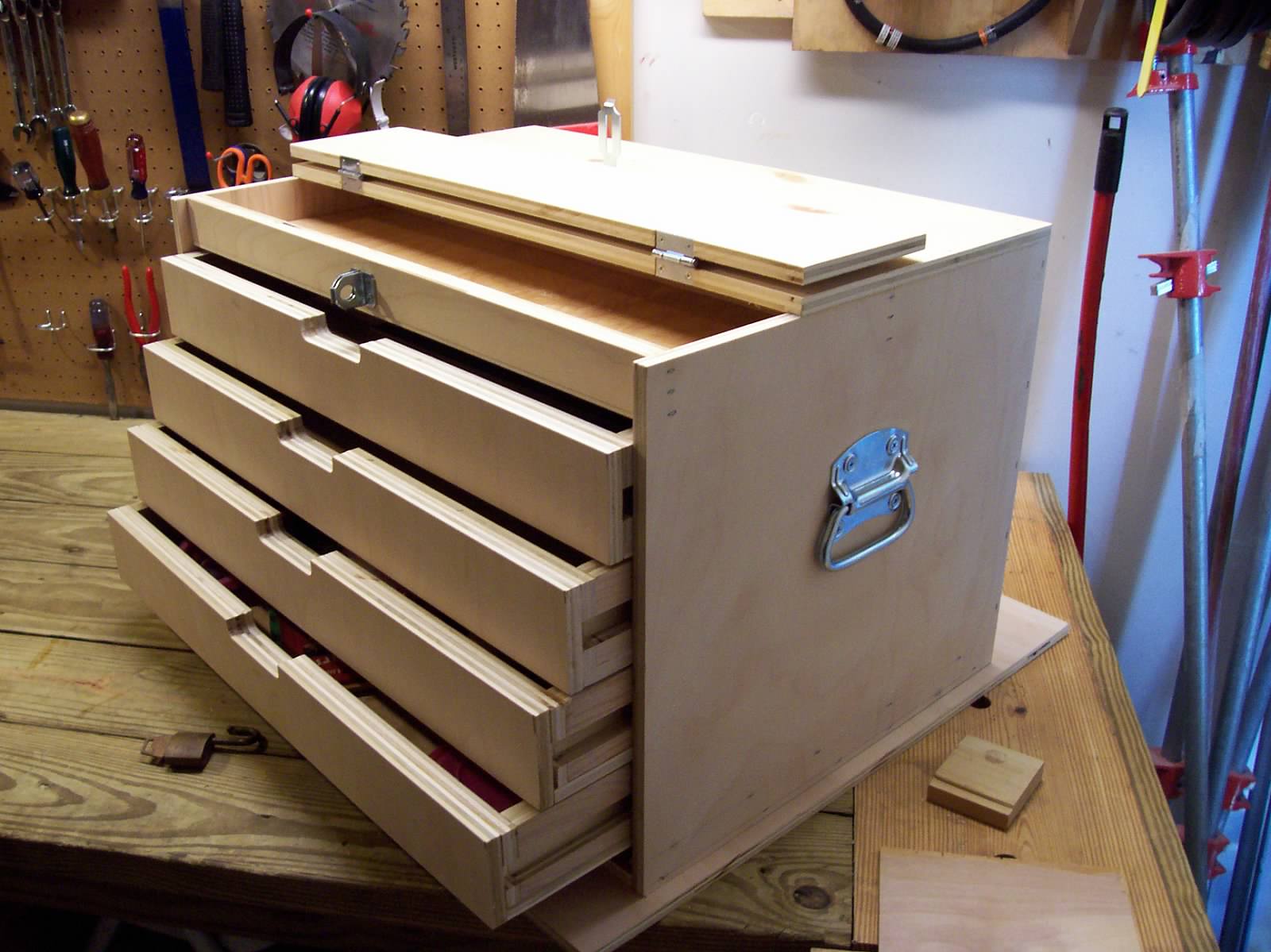

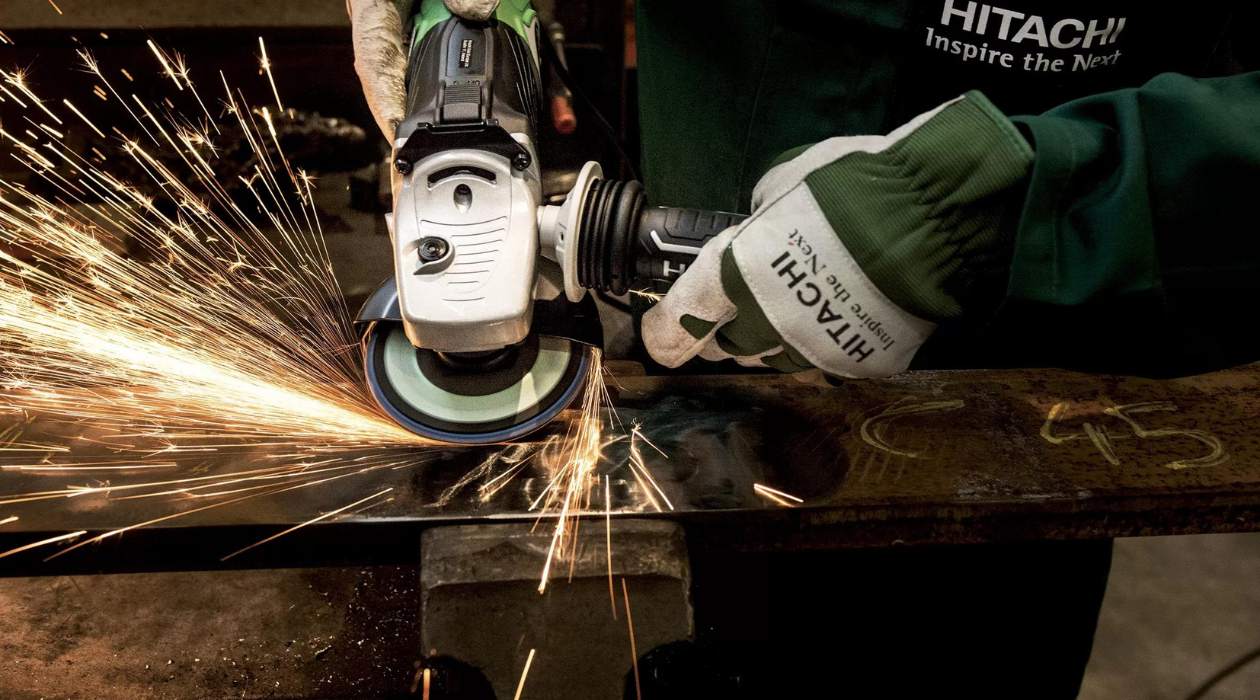
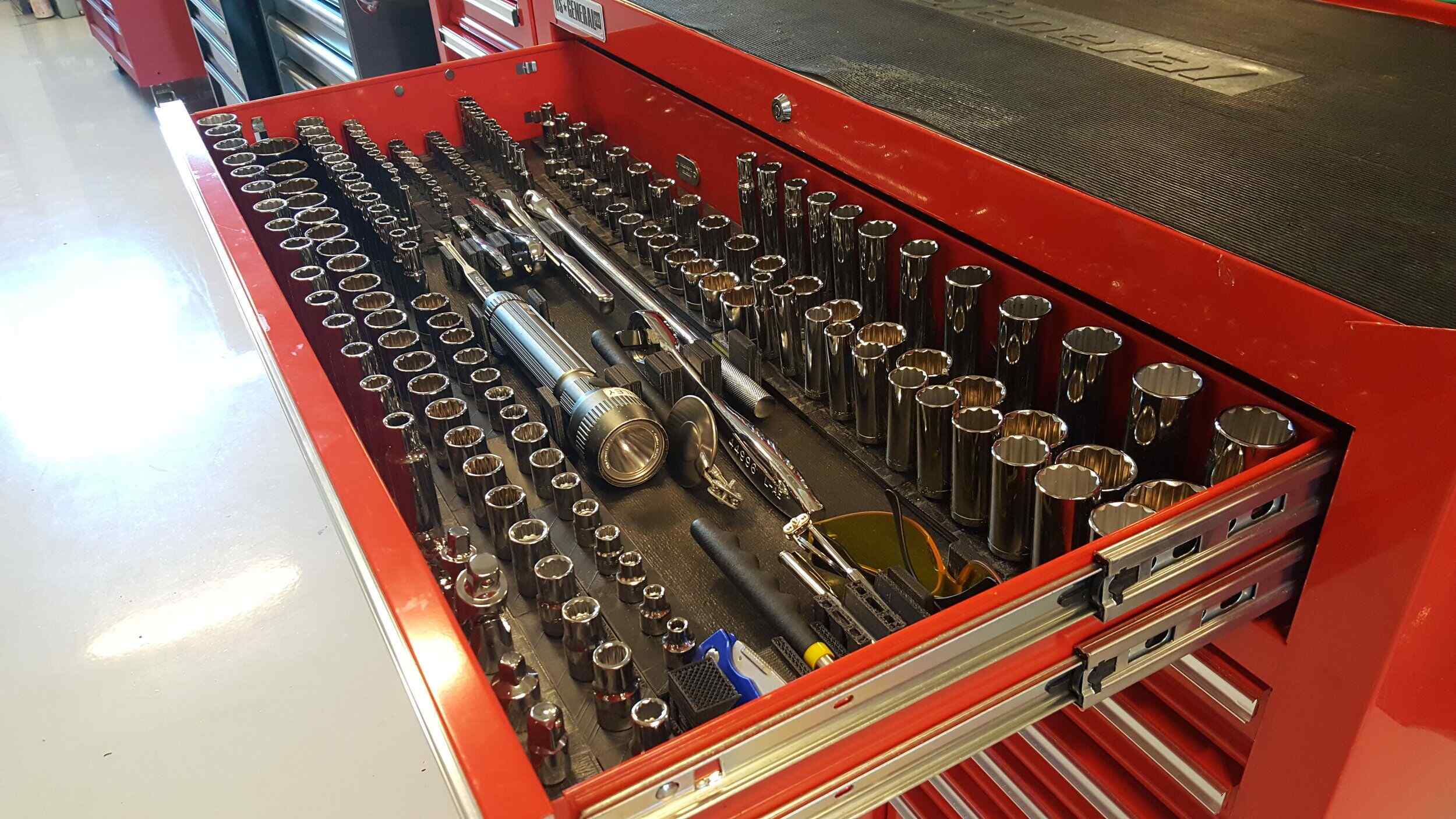

0 thoughts on “What To Have In Your Tool Belt”